I don't know whether this problem has been studied or not, it just came to my mind while trying out the general N-Queens problem. Given a N*N chessboard , what is the minimum number of Queens required, which, when placed strategically, renders all cells under attack by at least one of the queens.
I tried it with pen and paper for N = 3,4,5, I got 2,3,4. So is the answer always N-1? Is there a proof for it? And secondly, if so, how to print out that configuration (if more than 1 configuration is possible, print them all)?
